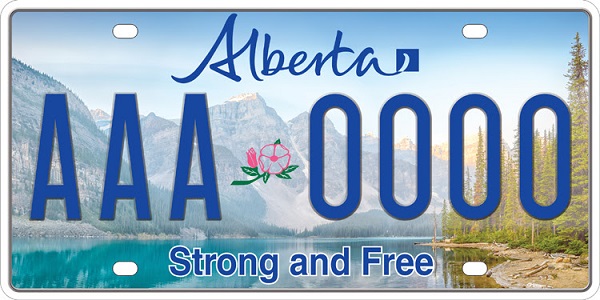Brownstone Institute
Imagine Life without Fossil Fuels
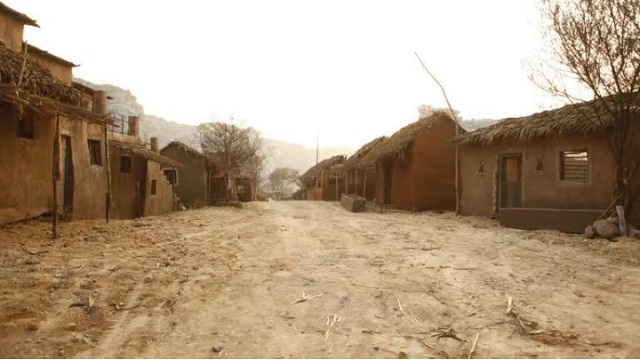
From the Brownstone Institute
At 4 am on Tuesday 9th July in Seville (Spain), I woke up alerted by a text to my phone. “We had a bad night with Hurricane Beryl. Your house still stands and the critters are safe, two big trees down, no electricity, no Internet, and poor phone service.”
My children and I were visiting Andalusia, one of the oldest and most gorgeous European regions, blessed with the best food and the warmest people. This is one of my favorite places on earth, but for now, my family and I are calling South of Houston (Texas, US) home.
I panicked, being instantly seized by maternal instinct. Our entire house is run by electricity. On our return in a few days, there would be no warm food, no milk, no air conditioning, no TV, no running water, no toilet flushing. In town, neither kid activities nor story time at local libraries. These conditions are undoubtedly hard for young children who have only known comfort so far, although hundreds of millions of children are growing up in such circumstances daily.
Then I calmed down. The first thing to do should be thanking God for protecting human lives there, and for our wonderful friends and community.
I understood what happened immediately. Trees have fallen everywhere, taking down most of the grid and affecting more than a million people. It would take a few weeks to fix it. Houston would be first, of course, the crowded and business-minded urban areas will be rightly prioritized and rural areas follow after. After such largesse provided for the solar industry by successive American administrations, why has there been no money to put wires and cables underground in hurricane-prone regions?
We always have a month of canned meat and dry salami, drinking water, olive oil, lard, animal feed (we have some farm animals,) and 750 gallons of water in storage, candles, matches, and flashlights. For emergency situations like a war or a natural disaster. We have a pool conveniently built for Texan summer heat even though the filter won’t work. I can dig a hole in the garden if I want to give the kids some survival training, or I can use the pool water for toilet flushing. Our hens and ducks give us more than enough fresh eggs daily.
But I should have kept a few solar phone chargers and probably some solar panels for our well pump (solely activated by electricity). My husband should have had a better stock of gas to run our generator through the fridge and the two freezers. At least, I can still grill and the kids can help gather dry branches to make a fire and cook camping meals. After all, it is easier to survive without energy in a hot place than in a cold place.
My situation isn’t probably the worst, and I will be able to help some people around me with food and water. I will entertain the kids with games I used to play under the moonlight and the starry sky. However, with little or no gas (petrol) in town, and likely long lines at available stations, I will have to calculate our car trips well.
I told my 7-year-old what happened. He said he would fry eggs on the car and roast marshmallows on sticks. Young children are such marvelous beings. With only their imagination and innocence, they bring wonders to our world. Who knows, we might be lucky enough to catch some fireflies in a jar – I replied, nurturing his excitement. As his mother, I have the duty to minimize his suffering. Nevertheless, I would like to seize this opportunity to give him and his younger sister some duress training on life without fossil fuels – coal, gas, and oil to power modern devices – a bit like how I grew up.
Have the international, national, and non-governmental Net Zero crusaders ever lived a day without using any technology powered or facilitated by fossil fuels and their byproducts?
I would like to invite them to live here with us. I will show them that had I had solar panels on my roof, I would likely be cleaning up all of their dangerous debris around the house. Right now, a Tesla would be of less use than an ox cart in my Texan town.
But life at my homestead after Hurricane Beryl seems rather poetic. Well-prepared, a week or two without electricity might equal an ecological or soul-searching retreat with meditation time, good books on a hammock, bird-watching, simple yet exotic farm-to-table meals, and constellation identification.
For a real experience of a life without fossil fuels, climate leaders and activists should consider signing up for the sustainability internship program offered by Mr Jusper Machogu, a Kenyan farmer who was recently attacked by the BBC for his campaign on X requesting “Fossils Fuels for Africa.” Participants will learn how to grow foods without technologies powered by fossil fuels and live with a minimal impact on nature in rural Kisii.
Ploughing the land with bare hands before planting isn’t fun at all. Watering the crops regularly might well bring people closer to God with spontaneous prayers. Weeding or harvesting by squatting under the sun is tough. Even without factoring in any risk of pests, diseases. and unfavorable weather, what are the chances they would have to get out of poverty and food insecurity without cheap, reliable, abundant, and scalable energy?
Billions of subsistence families are still going through this. Worse, they continue to put their health at risk by cooking with agricultural wastes, wood sticks, and cow dung, while the Western world and their investment funds shamelessly demand poor countries and their populations to adopt intermittent, expensive, and unreliable green energies, instead of supporting fossil fuels (as well as hydropower and nuclear) production and infrastructure.
Secretary-General Antonio Guterres, who repeatedly called to “close the door on fossil fuel era” (on International Clean Energy Day – 26 January 2024), would you live entirely and produce your own foods without fossil fuels?
United Nations Environment Program’s (UNEP) Chief Inger Andersen, who, at the closing of the 28th Climate COP (Dubai, UAE), claimed that “we know the solutions, we know what needs to be done,” would you be able to build a town for your staff without using oil, gas, and their byproducts?
How may we, as voters and taxpayers, demand that decision-makers lead by example, truly adhering to their green agenda first, before they insist that others implement it?
Brownstone Institute
Bizarre Decisions about Nicotine Pouches Lead to the Wrong Products on Shelves

From the Brownstone Institute
A walk through a dozen convenience stores in Montgomery County, Pennsylvania, says a lot about how US nicotine policy actually works. Only about one in eight nicotine-pouch products for sale is legal. The rest are unauthorized—but they’re not all the same. Some are brightly branded, with uncertain ingredients, not approved by any Western regulator, and clearly aimed at impulse buyers. Others—like Sweden’s NOAT—are the opposite: muted, well-made, adult-oriented, and already approved for sale in Europe.
Yet in the United States, NOAT has been told to stop selling. In September 2025, the Food and Drug Administration (FDA) issued the company a warning letter for offering nicotine pouches without marketing authorization. That might make sense if the products were dangerous, but they appear to be among the safest on the market: mild flavors, low nicotine levels, and recyclable paper packaging. In Europe, regulators consider them acceptable. In America, they’re banned. The decision looks, at best, strange—and possibly arbitrary.
What the Market Shows
My October 2025 audit was straightforward. I visited twelve stores and recorded every distinct pouch product visible for sale at the counter. If the item matched one of the twenty ZYN products that the FDA authorized in January, it was counted as legal. Everything else was counted as illegal.
Two of the stores told me they had recently received FDA letters and had already removed most illegal stock. The other ten stores were still dominated by unauthorized products—more than 93 percent of what was on display. Across all twelve locations, about 12 percent of products were legal ZYN, and about 88 percent were not.
The illegal share wasn’t uniform. Many of the unauthorized products were clearly high-nicotine imports with flashy names like Loop, Velo, and Zimo. These products may be fine, but some are probably high in contaminants, and a few often with very high nicotine levels. Others were subdued, plainly meant for adult users. NOAT was a good example of that second group: simple packaging, oat-based filler, restrained flavoring, and branding that makes no effort to look “cool.” It’s the kind of product any regulator serious about harm reduction would welcome.
Enforcement Works
To the FDA’s credit, enforcement does make a difference. The two stores that received official letters quickly pulled their illegal stock. That mirrors the agency’s broader efforts this year: new import alerts to detain unauthorized tobacco products at the border (see also Import Alert 98-06), and hundreds of warning letters to retailers, importers, and distributors.
But effective enforcement can’t solve a supply problem. The list of legal nicotine-pouch products is still extremely short—only a narrow range of ZYN items. Adults who want more variety, or stores that want to meet that demand, inevitably turn to gray-market suppliers. The more limited the legal catalog, the more the illegal market thrives.
Why the NOAT Decision Appears Bizarre
The FDA’s own actions make the situation hard to explain. In January 2025, it authorized twenty ZYN products after finding that they contained far fewer harmful chemicals than cigarettes and could help adult smokers switch. That was progress. But nine months later, the FDA has approved nothing else—while sending a warning letter to NOAT, arguably the least youth-oriented pouch line in the world.
The outcome is bad for legal sellers and public health. ZYN is legal; a handful of clearly risky, high-nicotine imports continue to circulate; and a mild, adult-market brand that meets European safety and labeling rules is banned. Officially, NOAT’s problem is procedural—it lacks a marketing order. But in practical terms, the FDA is punishing the very design choices it claims to value: simplicity, low appeal to minors, and clean ingredients.
This approach also ignores the differences in actual risk. Studies consistently show that nicotine pouches have far fewer toxins than cigarettes and far less variability than many vapes. The biggest pouch concerns are uneven nicotine levels and occasional traces of tobacco-specific nitrosamines, depending on manufacturing quality. The serious contamination issues—heavy metals and inconsistent dosage—belong mostly to disposable vapes, particularly the flood of unregulated imports from China. Treating all “unauthorized” products as equally bad blurs those distinctions and undermines proportional enforcement.
A Better Balance: Enforce Upstream, Widen the Legal Path
My small Montgomery County survey suggests a simple formula for improvement.
First, keep enforcement targeted and focused on suppliers, not just clerks. Warning letters clearly change behavior at the store level, but the biggest impact will come from auditing distributors and importers, and stopping bad shipments before they reach retail shelves.
Second, make compliance easy. A single-page list of authorized nicotine-pouch products—currently the twenty approved ZYN items—should be posted in every store and attached to distributor invoices. Point-of-sale systems can block barcodes for anything not on the list, and retailers could affirm, once a year, that they stock only approved items.
Third, widen the legal lane. The FDA launched a pilot program in September 2025 to speed review of new pouch applications. That program should spell out exactly what evidence is needed—chemical data, toxicology, nicotine release rates, and behavioral studies—and make timely decisions. If products like NOAT meet those standards, they should be authorized quickly. Legal competition among adult-oriented brands will crowd out the sketchy imports far faster than enforcement alone.
The Bottom Line
Enforcement matters, and the data show it works—where it happens. But the legal market is too narrow to protect consumers or encourage innovation. The current regime leaves a few ZYN products as lonely legal islands in a sea of gray-market pouches that range from sensible to reckless.
The FDA’s treatment of NOAT stands out as a case study in inconsistency: a quiet, adult-focused brand approved in Europe yet effectively banned in the US, while flashier and riskier options continue to slip through. That’s not a public-health victory; it’s a missed opportunity.
If the goal is to help adult smokers move to lower-risk products while keeping youth use low, the path forward is clear: enforce smartly, make compliance easy, and give good products a fair shot. Right now, we’re doing the first part well—but failing at the second and third. It’s time to fix that.
Addictions
The War on Commonsense Nicotine Regulation

From the Brownstone Institute
Cigarettes kill nearly half a million Americans each year. Everyone knows it, including the Food and Drug Administration. Yet while the most lethal nicotine product remains on sale in every gas station, the FDA continues to block or delay far safer alternatives.
Nicotine pouches—small, smokeless packets tucked under the lip—deliver nicotine without burning tobacco. They eliminate the tar, carbon monoxide, and carcinogens that make cigarettes so deadly. The logic of harm reduction couldn’t be clearer: if smokers can get nicotine without smoke, millions of lives could be saved.
Sweden has already proven the point. Through widespread use of snus and nicotine pouches, the country has cut daily smoking to about 5 percent, the lowest rate in Europe. Lung-cancer deaths are less than half the continental average. This “Swedish Experience” shows that when adults are given safer options, they switch voluntarily—no prohibition required.
In the United States, however, the FDA’s tobacco division has turned this logic on its head. Since Congress gave it sweeping authority in 2009, the agency has demanded that every new product undergo a Premarket Tobacco Product Application, or PMTA, proving it is “appropriate for the protection of public health.” That sounds reasonable until you see how the process works.
Manufacturers must spend millions on speculative modeling about how their products might affect every segment of society—smokers, nonsmokers, youth, and future generations—before they can even reach the market. Unsurprisingly, almost all PMTAs have been denied or shelved. Reduced-risk products sit in limbo while Marlboros and Newports remain untouched.
Only this January did the agency relent slightly, authorizing 20 ZYN nicotine-pouch products made by Swedish Match, now owned by Philip Morris. The FDA admitted the obvious: “The data show that these specific products are appropriate for the protection of public health.” The toxic-chemical levels were far lower than in cigarettes, and adult smokers were more likely to switch than teens were to start.
The decision should have been a turning point. Instead, it exposed the double standard. Other pouch makers—especially smaller firms from Sweden and the US, such as NOAT—remain locked out of the legal market even when their products meet the same technical standards.
The FDA’s inaction has created a black market dominated by unregulated imports, many from China. According to my own research, roughly 85 percent of pouches now sold in convenience stores are technically illegal.
The agency claims that this heavy-handed approach protects kids. But youth pouch use in the US remains very low—about 1.5 percent of high-school students according to the latest National Youth Tobacco Survey—while nearly 30 million American adults still smoke. Denying safer products to millions of addicted adults because a tiny fraction of teens might experiment is the opposite of public-health logic.
There’s a better path. The FDA should base its decisions on science, not fear. If a product dramatically reduces exposure to harmful chemicals, meets strict packaging and marketing standards, and enforces Tobacco 21 age verification, it should be allowed on the market. Population-level effects can be monitored afterward through real-world data on switching and youth use. That’s how drug and vaccine regulation already works.
Sweden’s evidence shows the results of a pragmatic approach: a near-smoke-free society achieved through consumer choice, not coercion. The FDA’s own approval of ZYN proves that such products can meet its legal standard for protecting public health. The next step is consistency—apply the same rules to everyone.
Combustion, not nicotine, is the killer. Until the FDA acts on that simple truth, it will keep protecting the cigarette industry it was supposed to regulate.
-

 Alberta11 hours ago
Alberta11 hours agoNational Crisis Approaching Due To The Carney Government’s Centrally Planned Green Economy
-
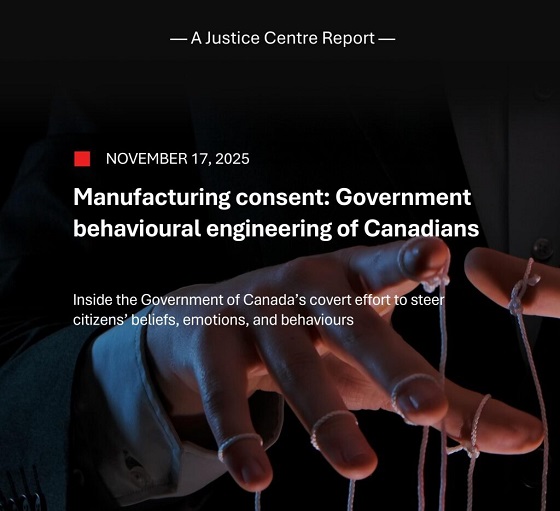
 COVID-191 day ago
COVID-191 day agoNew report warns Ottawa’s ‘nudge’ unit erodes democracy and public trust
-

 Agriculture12 hours ago
Agriculture12 hours agoFederal cabinet calls for Canadian bank used primarily by white farmers to be more diverse
-
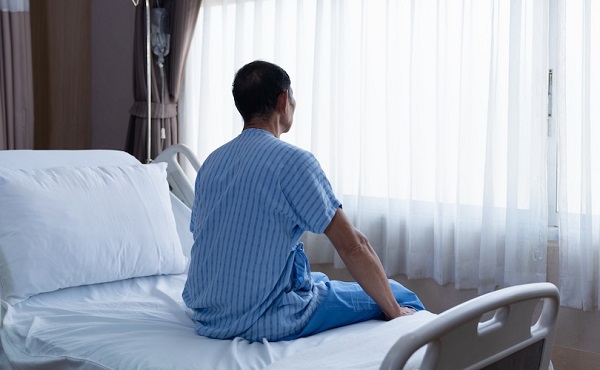
 Great Reset10 hours ago
Great Reset10 hours agoCanadian government forcing doctors to promote euthanasia to patients: report
-
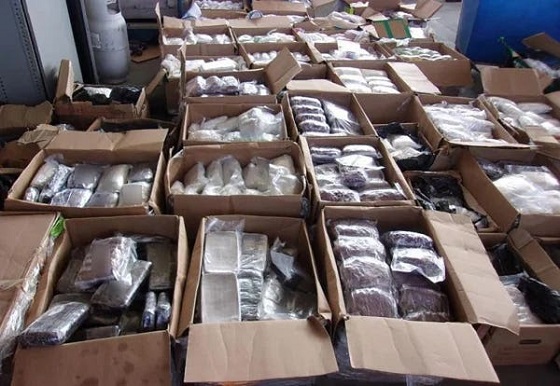
 Crime2 days ago
Crime2 days agoHow Global Organized Crime Took Root In Canada
-

 Energy2 days ago
Energy2 days agoExpanding Canadian energy production could help lower global emissions
-

 Business2 days ago
Business2 days agoThe numbers Canada uses to set policy don’t add up
-

 COVID-191 day ago
COVID-191 day agoFreedom Convoy protestor Evan Blackman convicted at retrial even after original trial judge deemed him a “peacemaker”








